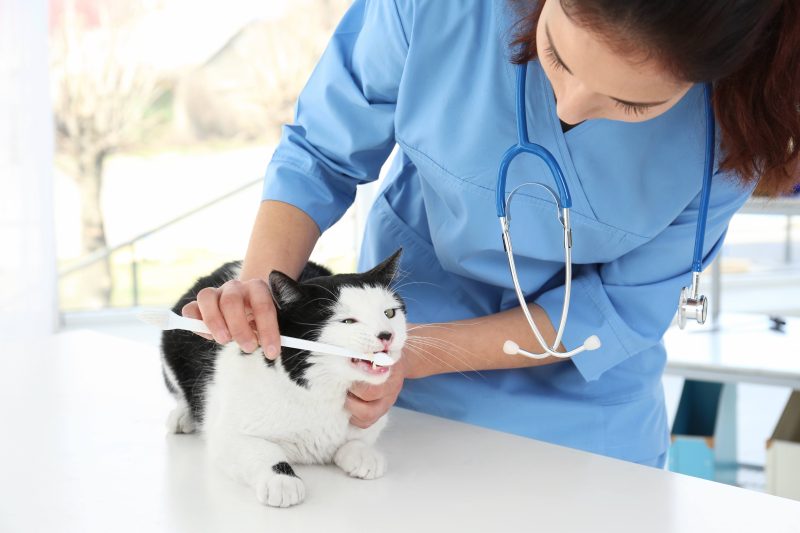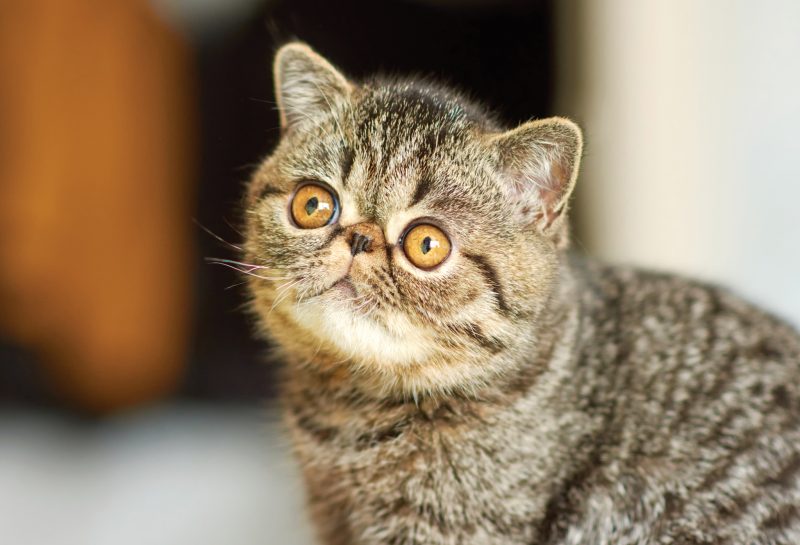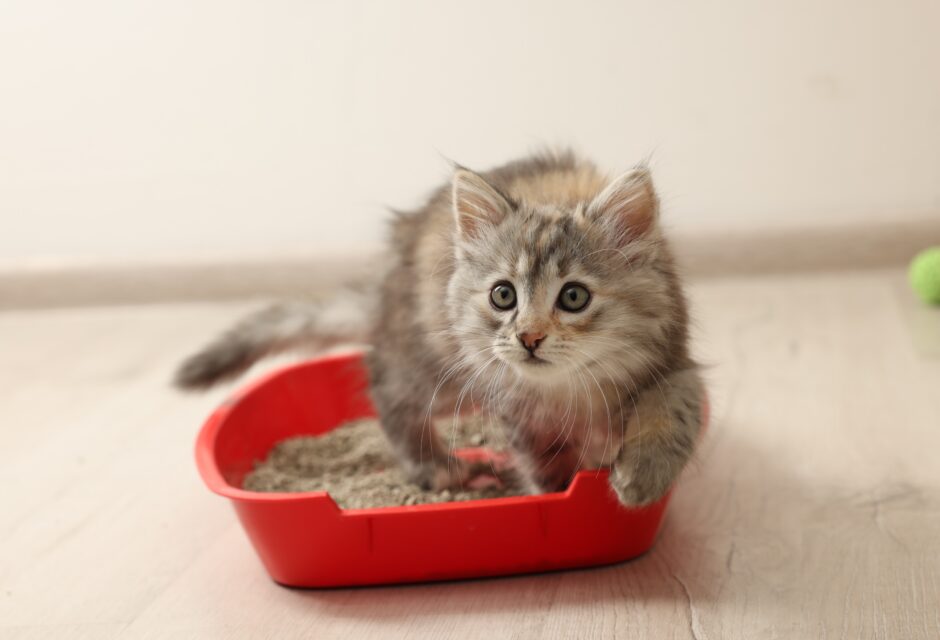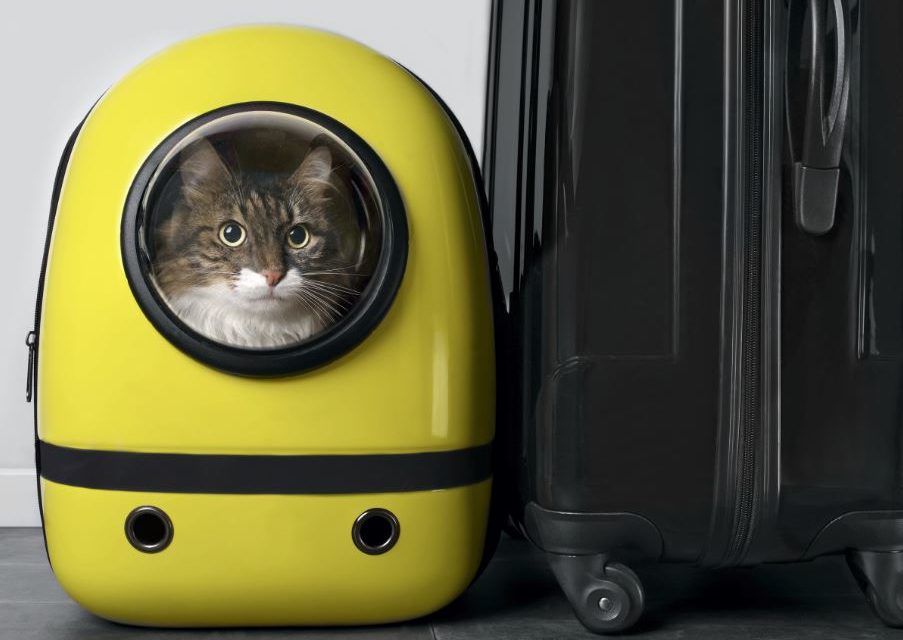

Don’t Overlook Your Pet’s Dental Health
And keep them smiling
Most of us know oral hygiene can play a critical role in a person’s overall health, but did you know the same applies for your furry friends? Humans schedule regular dental cleanings to keep their gums and teeth healthy, but dental health in dogs and cats may be overlooked by pet owners.
Dr. J.R. “Bert” Dodd, clinical professor at the Texas A&M College of Veterinary Medicine & Biomedical Sciences, explained some common dental hygiene issues in dogs and cats. “Poor oral hygiene in dogs and cats can lead to excess tartar, swellings in the mouth, and severe wear of the teeth (or broken teeth), from chewing on inappropriate objects,” he said. “In addition, periodontal—or gum—disease can arise from neglected oral health. If preventative dental health is not practiced and periodontal therapy—which includes the scaling, root planning, curettage, and extraction of teeth—is ignored, your pet may become more susceptible to other health complications.”
In fact, an animal’s teeth may be more important to its overall health than most pet owners realize. For example, bacteria in the mouth can spread to other parts of the body and cause infections, so keeping the mouth healthy can help keep your pet’s body healthier. Dodd also explained that good dental hygiene can lead to a longer, healthier life for your pet. “Taking care of your pet’s mouth and keeping it nice and healthy can help the animal live longer,” Dodd explained. “Good oral hygiene can help prevent diseases or secondary infections, such as liver, heart, kidney, and joint disease from bacteria originating in the mouth and spreading through the body via the bloodstream. A dog or cat’s teeth need to be well taken care of and treated with respect.”
Although your veterinarian can help in routine dental check-ups and treatments, dog and cat owners can reduce the risk of dental hygiene issues at home. “It is best to begin home care when your puppy or kitten is between eight and 12 weeks old; however, it is never too late to start,” Dodd noted. “The first step is to train your pet to accept the brushing of their teeth. The best approach is to establish a routine of brushing your pet’s teeth with gauze around your finger. It may be helpful to use beef or chicken broth with dogs or tuna water with cats to get them accustomed to the routine instead of using cleaning agents. Once your pet is familiar with the daily routine, you can switch out the gauze for a finger brush or a very soft toothbrush. Then you can incorporate using veterinarian-approved pet toothpaste.”
In addition to homecare, pet owners can arrange for their pet to have an annual teeth cleaning under anesthesia at their local veterinary clinic. Veterinarian prescribed dental diets, proper dental chew toys, and drinking water additives—products that can be mixed into pet drinking water to help control bacteria level and plaque in the mouth—may also assist in preventing dental hygiene issues. However, if your pet has persistent bad breath, experiences bleeding from the mouth or tooth, a change in eating behavior, and sensitivity to touch around the mouth, it may be a sign of a more serious dental health condition.
Dental therapy for more serious health conditions include many of the same procedures that help humans maintain healthy teeth, gums, and mouths. Available treatments include oral surgery, periodontics, endodontics, restorations, and even orthodontics. Some of these procedures may be offered by your family veterinarian or you may be referred to a board certified veterinary dentist.
It is important for pet owners to recognize the connection between healthy teeth and their animal’s overall health. When you make a dental appointment for yourself, it might be a good idea to make a veterinary appointment to have your pet’s teeth cleaned as well. Proper dental hygiene help promote a longer, healthier life for your pet.
Join the newsletter and never miss out on cat content again!
"*" indicates required fields
By clicking the arrow, you agree to our web Terms of Use and Privacy & Cookie Policy. Easy unsubscribe links are provided in every email.











